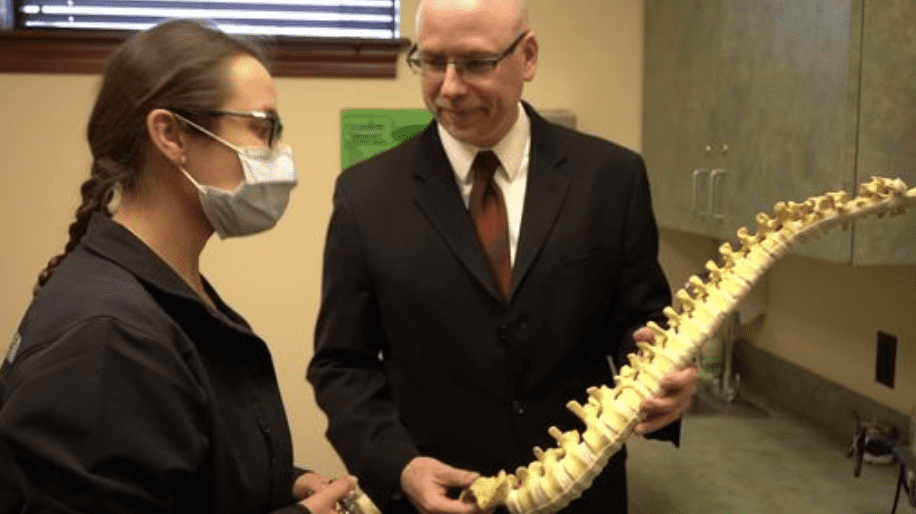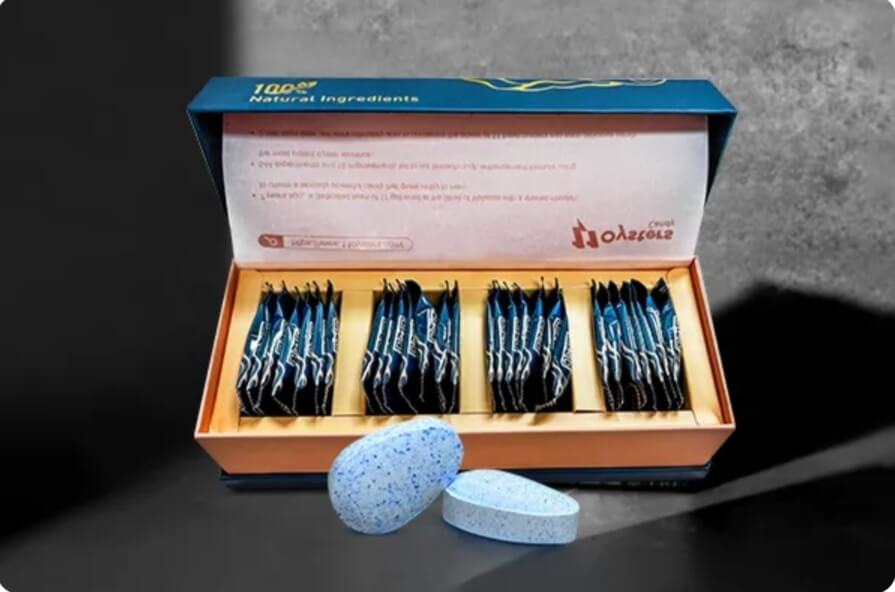Humans are able to do many things in life with the normal perfect human body. Structures such as bone and muscle allows us to be able to stand and sit or even run around to perform our daily routine. When there is something wrong with the body, medicine alone may not be the ideal solution in treating the condition. Surgery such as vertebroplasty and kyphoplasty are needed by some people with spine problem.
Vertebroplasty
Vertebroplasty is a procedure of injecting special cement into a fractured vertebra.
Kyphoplasty
Kyphoplasty is a procedure of inflating the balloon to restore bone height before special cements are injected into the vertebra. It seals fracture and stabilises the bone.
Both of the procedures are commonly done to treat compression fracture of the spine from osteoporosis. It is also used to treat compression fractures from cancer such as multiple myeloma and injury that cause fractured spine. Both procedures are considered as minimally invasive procedures. Both procedures use cement which is the polymethylmethacrylate (PMMA). Both procedures help to alleviate pain from the spine. It is worth noting that not all cases of compressed fracture can be treated with kyphoplasty or vertebroplasty.
Both of the procedures are done as outpatient which means it is rare for patients to need to stay overnight in the hospital, given there is no complicating factor. Due to the fact that both procedures are similar, recovery for both is almost the same. Both procedures are successful in managing almost 90% of cases with pain from fractured vertebrae.
Even though both procedures are considered as minimally invasive which means is relatively safe in most cases, there are still risks that come with any of the procedures, similar to many other medical procedures. Among the risks are bleeding, infection, blood clots, allergic reaction towards medication given during the procedure and nerve injuries. Vertebroplasty may pose more risk for leakage from the bone cement into the surrounding area when compared to kyphoplasty.
For both procedures, before surgery will be performed, patients need to inform their surgeon if they are pregnant, take medications and if they have been drinking alcohol. This is important to ensure that risks are reduced significantly. On the day of the surgery, patients may need to stop taking medications they used to take and need to stop smoking at least a few days before the procedure. It is prudent for patients to follow all instructions and advice given before and the day of the surgery. Both procedures will require local anaesthesia before surgery is performed. The two procedures usually take an hour but patients may still need to stay for several hours before returning home.Following surgery, patients are advised to ensure they have someone else to drive them home.
Back sore can be expected for a few days, especially on the site where the procedure is done. Patients can use ice packs or use over-the-counter pain relief to ease the discomfort. Patients should be able to resume their daily life routine after 2 or 3 weeks of recovery at home. It is best to avoid heavy lifting or intense exercise for a few weeks following the procedure. Fully recovery can be expected at around 6 weeks following the surgery.
It can be concluded that vertebroplasty and kyphoplasty are almost similar procedures as both inject cements into the vertebrae. However, vertebroplasty is a more simple procedure compared to kyphoplasty as kyphoplasty requires the insertion of balloons before cements are poured in the vertebrae. Despite this, vertebroplasty poses more risk for leaking bone cements into the surrounding area. This leaking can cause pain when it affects the spinal cord or nerves. Most cases of compression vertebrae caused by osteoporosis can be treated with vertebroplasty or kyphoplasty.
Since there are already a few times mentioning osteoporosis causing compression fractures, have you wondered how it happens? Osteoporosis is a type of bone loss that makes the bone break easily. It can be from the decrease of bone mass and bone density or when there are changes in the bone structure and strength. Compression fractures due to osteoporosis occur resulting from the destruction of bone structure that reduces the spine function and fractures that easily happen resulting from falling injury even the slightest. Ris for fractures increase 2 to 3 times for every 10 percent drops in bone density. This means that osteoporosis is the biggest risk in having compression fractures. 26 % of women older than 50 years have a vertebral compression fracture and the number increases to 40% by the age of 80 years. Thus, taking preventative measures can slow down osteoporosis and provide better life for the elderly. Among the preventative measures are eating calcium-rich foods, maintaining moderate weight, avoiding smoking and alcohol consumption and doing regular weight-bearing with strength-training activities. If a person is considering taking a supplement for osteoporosis, best to get medical advice first, especially in those who already have other underlying health conditions.





